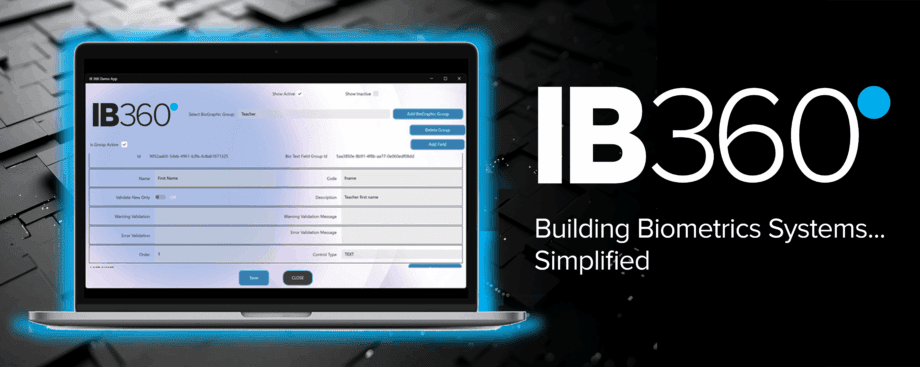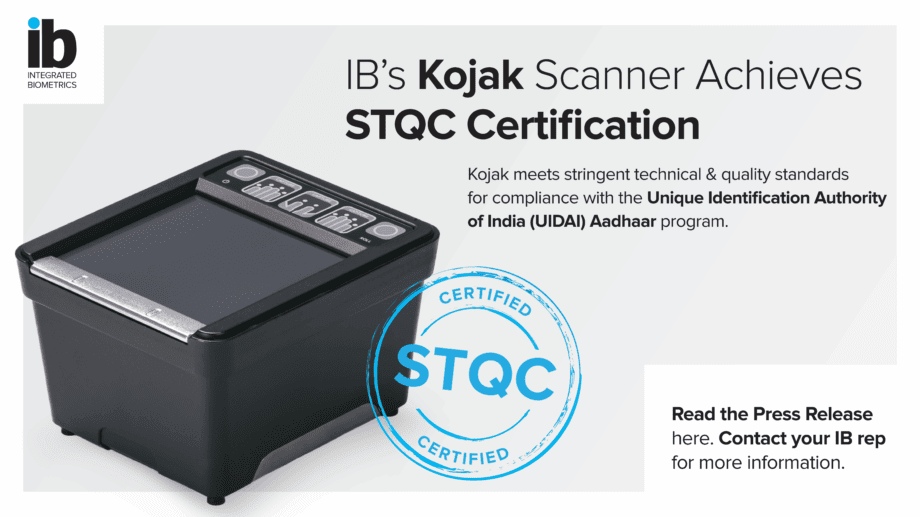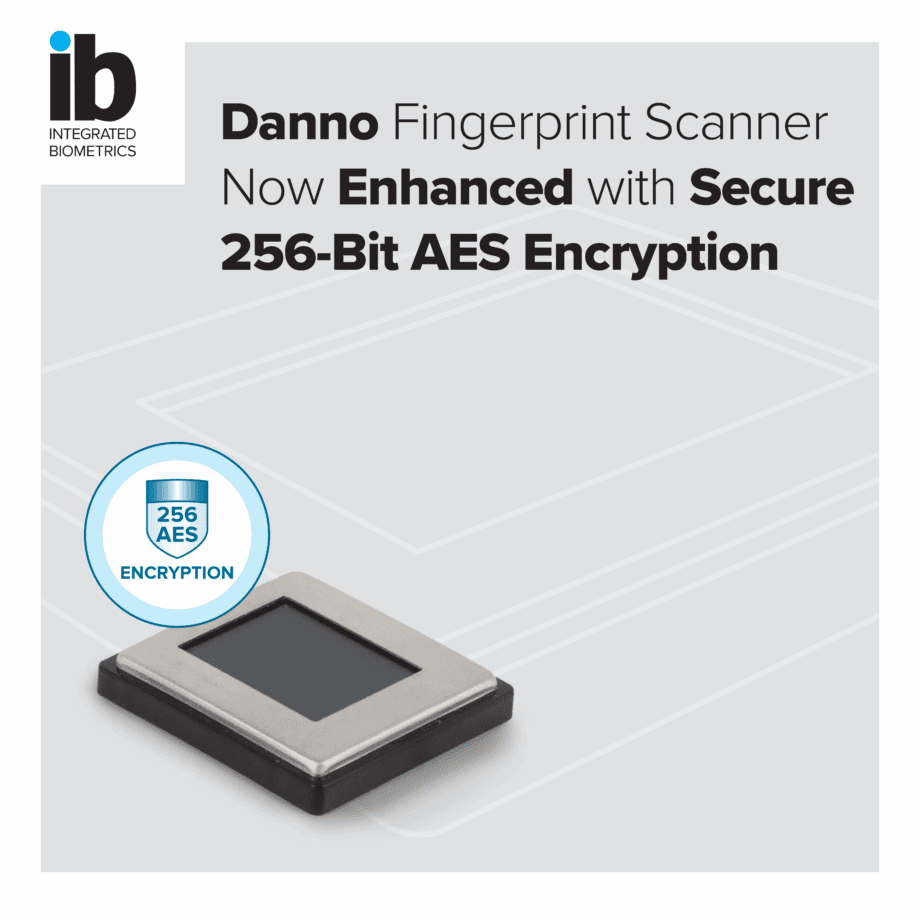Download the Article here.
Infant identification has the potential to be a transformative innovation, addressing critical concerns such as preventing baby swapping and kidnapping, ensuring infants receive proper medical care, and establishing a lifelong legal identity tied to their birth records. These issues are particularly pressing in regions where identity documentation is inconsistent or where access to healthcare depends on reliable identification. Biometric systems, which have proven effective for adults, offer a promising solution, but applying them to infants presents unique challenges.
If infant biometrics are to be viable, the technology must not only function at birth but must also maintain accuracy as the child ages.
Key Components for Success: Capture, Storage, and Matching
For infant biometrics to be feasible, three fundamental components must function reliably: capturing the biometric data, securely storing and processing that data, and ensuring that the matching algorithms can track an individual’s identity over time. Each of these areas presents unique challenges, but advancements in technology suggest that solutions may be within reach.
Capture
Fingerprint biometrics is the most promising modality of capture for infants. However, several physiological barriers exist. For one, infant fingerprints have smaller ridge spacing (roughly 4-5 pixels compared to 9-10 in adults). Movement, skin peeling, and soft, malleable skin can also distort the fingerprint, making it difficult to capture accurate data.
Additionally, imaging systems must be capable of capturing high-resolution data that meets biometric standards, with studies suggesting that resolutions up to 3500 PPI and beyond may be necessary. Fortunately, high-resolution fingerprint scanners, including non-contact optical, high resolution contact, and custom high-resolution devices, are already available and capable of capturing infant fingerprints.
Image Processing and Storage
Advancements in computing power, cloud storage, and cryptographic security have enabled the secure processing and storage of large biometric datasets. Modern databases can e ciently manage vast biometric records while ensuring real-time access and accuracy.
Secure databases are crucial to maintaining the integrity of biometric data, and technologies such as cloud-based encrypted storage and homomorphic encryption allow for secure processing without exposing raw data. Blockchain and decentralized identity methods could ensure secure, lifelong identity verification by eliminating single points of failure and enabling tamper-proof digital identity management.
Another viable approach is storing encrypted biometrics on personal devices (i.e. smartphones) instead of a centralized repository, enhancing security through trusted execution environments (TEEs) and secure enclaves to prevent unauthorized access. For example, the match-on-device method—used in Apple’s Secure Enclave and Google’s Titan M chip—minimizes the risk of large-scale data breaches by keeping biometric data securely on the user’s device.
These innovations demonstrate that current technology has the capacity to securely process and store large biometric datasets while maintaining user privacy and security.
Algorithm
Identifying a child’s biometric data as they grow presents unique challenges that require advanced approaches. Traditional methods rely on 1:1 matching (comparing a fingerprint to itself over time) or 1:N matching (comparing a fingerprint against a database). However, infant biometrics introduce a new level of complexity – data must be accurately compared across different points in time, such as 1(tb):1(ta) (matching a biometric from a later stage to birth) or 1(tb):N(ta) (matching a later-stage fingerprint against a database of infant fingerprints).
This challenge is similar to recognizing a child in a crowd years after last seeing them, rather than identifying them on the same day. The biggest uncertainty in infant biometrics lies in this longitudinal tracking, as large-scale datasets necessary to validate these methods are still developing.
Can Today’s Algorithms Track Biometric Evolution from Infancy to Adulthood?
Studies are beginning to address this question.
A clinical trial at Tijuana General Hospital, Mexico, from 2018 to 2019, studied 494 newborns and young infants to assess the reliability of a fingerprinting method. The study found that verification accuracy improved with age, with newborns (0-3 days old) achieving a 77% verification rate, while those enrolled at ≥4 days old reached 96% accuracy at a false accept rate (FAR) of 0.1%.
Another 2024 study on fingerprint recognition in infants and children explored high-resolution contactless fingerprint scanners for ages 0-15. Researchers collected longitudinal data from 254 children. The study found that infants enrolled at 5 days old were accurately recognized after two months with a 100% True Acceptance Rate (TAR) at 0.1% False Acceptance Rate (FAR) using 3000 PPI scanners.
A large-scale national database study in Uruguay analyzed 178,843 fingerprint images from 16,965 individuals to assess the accuracy of biometric recognition from newborns to adults in 2020.
The study found that for five-year-olds when using two fingerprints instead of one, the TAR was 98.33%, nearly matching adult accuracy. Even at one year old, the TAR was 62.3%, but improved to 81.42% with a fusion technique combining two fingerprints.
These findings suggest that periodic re-enrollment and comparing biometric data over time with multiple fingerprints may be necessary to maintain long-term accuracy.
What’s Next—How We Can Transition?
To responsibly implement infant biometrics, a phased approach is key. Pilot programs in regions like Mato Grosso and Kenya can provide critical insights into real-world applications. Short-term use cases such as maternity ward tracking, boarding passes, and newborn vaccination schedules offer opportunities to test effectiveness without requiring long-term biometric records.
Periodic re-enrollment may be necessary, especially for those first enrolled at birth, to ensure accuracy as children grow.
Early skepticism around infant biometrics mirrors past doubts about fingerprinting. Just as fingerprint databases once lacked long-term data, today’s infant biometric systems face similar challenges in proving stability over time. However, early studies, as well as advancements in high-resolution imaging and machine learning suggest that accurate recognition is becoming increasingly viable – even for newborns.
Investing in data collection now will help build the longitudinal datasets needed to refine algorithms and improve accuracy – just as fingerprinting evolved over time. Storing high-resolution images today ensures that valuable data is available when algorithms reach full maturity. Simultaneously, developing strong regulatory frameworks now will help safeguard biometric data from misuse, ensuring it is protected from unauthorized surveillance or exploitation when broader implementation begins.
The Future of Infant Biometrics
As digital identity becomes the norm, transitioning from paper-based birth records to biometric verification could revolutionize identity management from birth. By investing in this technology now, we can build the infrastructure needed for a secure, accurate, and accessible future for identity verification – ensuring that as biometric systems mature, they are ready to meet the needs of the next generation.
About Integrated Biometrics
Integrated Biometrics (IB) is a global leader in advanced biometric technology. Renowned for revolutionizing fingerprint scanning through its proprietary, FBI-certified Light Emitting Sensor (LES) technology, the company delivers cutting-edge fingerprint scanners, seamless biometric system integration software, contactless fingerprint capture, and comprehensive identity management beginning with infant identification solutions.
Trusted by organizations worldwide, Integrated Biometrics serves critical sectors such as law enforcement, military, election validation, financial services, and national identity programs. Its robust, high-performance products enable fast and accurate enrollment, identification, and verification, even in remote and extreme environments. IB continues to redefine the possibilities of biometrics—Impacting Lives Through Identity.




